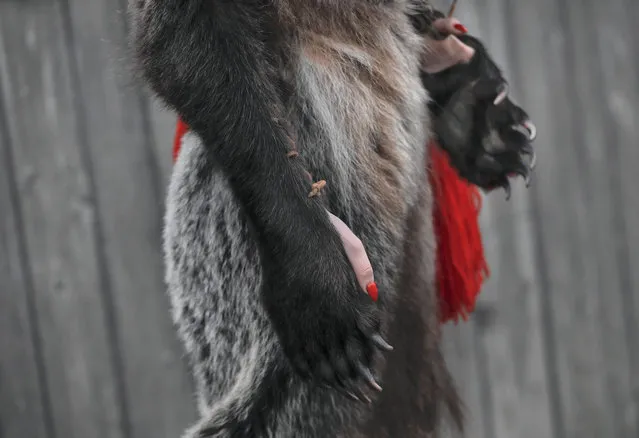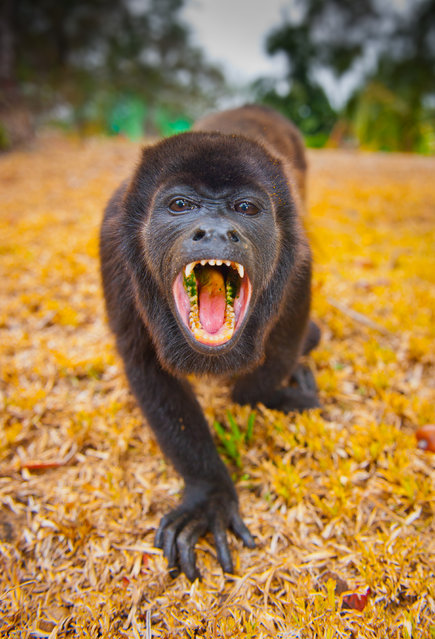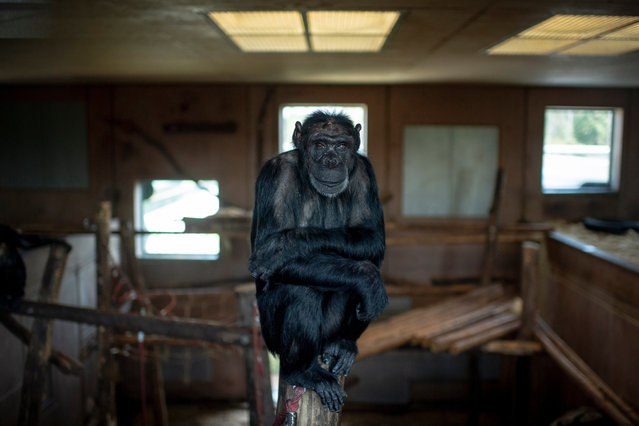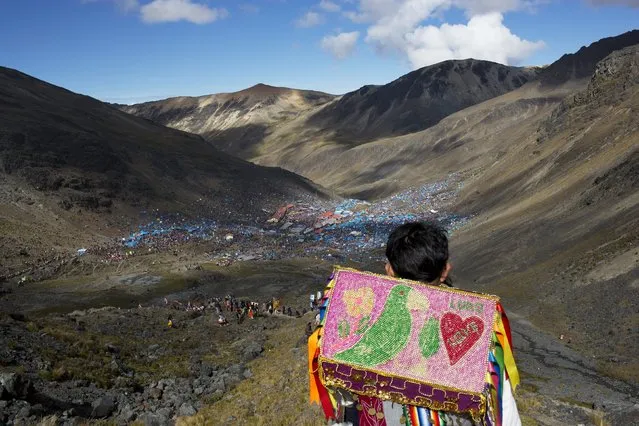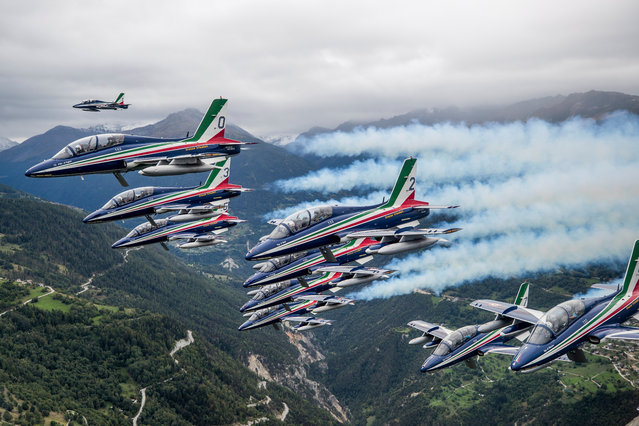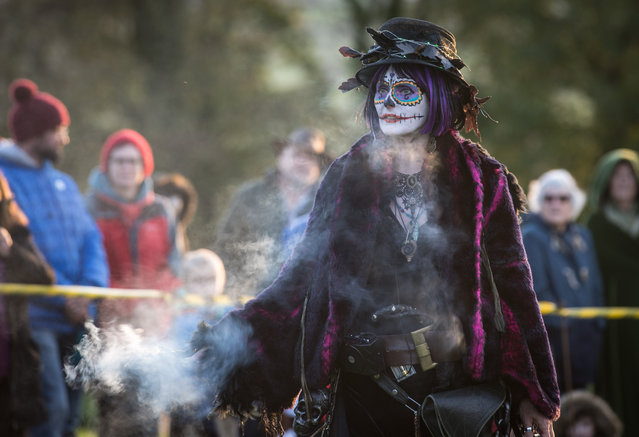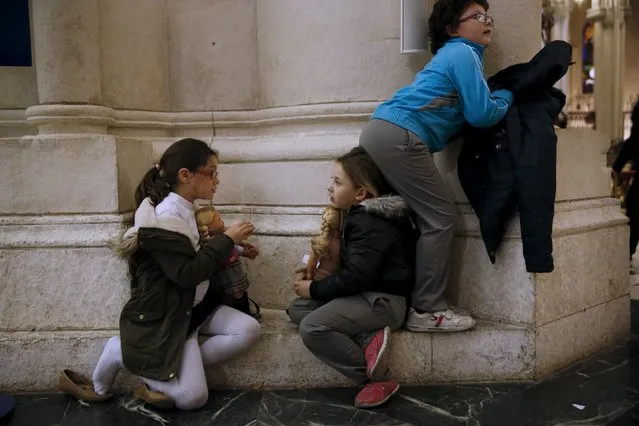
Girls play with their new dolls during the distribution of free toys for low-income families and a picture on the lap of one of the Three Wise Men at Almudena Cathedral in Madrid, Spain, December 22, 2015. Traditionally, children in Spain receive their presents delivered by the Three Wise Men on the morning of January 6 during the Christian holiday of the Epiphany. (Photo by Susana Vera/Reuters)
24 Dec 2015 08:04:00,post received
0 comments


